For decades, Kronos, now part of Ultimate Kronos Group (UKG), has been a go-to solution for workforce management, especially in enterprise environments. Its deep feature set and long-standing market presence have made it a trusted choice for employee scheduling, time tracking, and payroll processing. But times have changed, and so have the expectations of operations leaders.
From user reviews to analyst reports, the consensus is consistent: Kronos can feel clunky, slow to deploy, and challenging to customize without a dedicated IT team. For these reasons, more mid-market and enterprise staffing agencies are looking for Kronos alternatives that deliver faster deployment, a cleaner interface, mobile-first capabilities, and stronger frontline adoption.
If this resonates, it’s likely time to explore some Kronos Workforce Central alternatives that are built with both operations managers and staff in mind.
Top 5 Kronos alternatives and competitors for 2025
The following five Kronos alternatives were selected for their relevance to high-volume, shift-based work environments, particularly within the staffing and contingent labor space.
- Teambridge
- Deputy
- When I Work
- Connecteam
- Ceridian Dayforce
1. Teambridge
Teambridge is a contingent workforce management software solution that lets you assemble, adjust, and extend only the features you need via drag-and-drop builders and customizable data fields. Unlike legacy tools, Teambridge’s no-code, composable platform is designed to simplify the complexity of managing large, distributed teams.
While Teambridge and Kronos both aim to streamline labor costs and compliance, Teambridge emphasizes rapid adaptability and lower technical overhead, whereas Kronos focuses on its breadth of enterprise-grade capabilities.
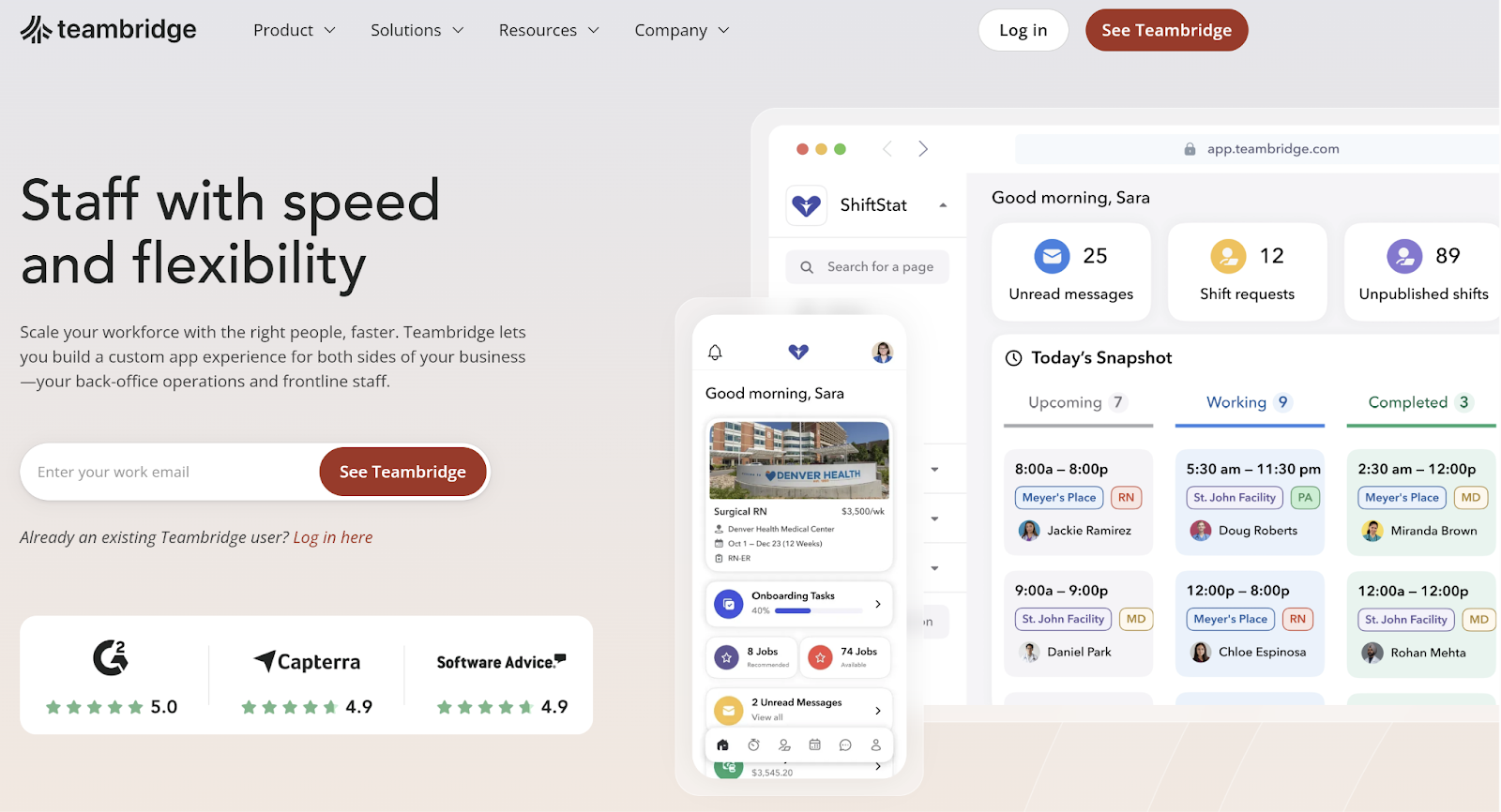
Key features:
- Mobile-first shift coordination: Empower staff to apply for open jobs, claim desired shifts, clock in, and request time off with an intuitive mobile app.
- Seamless compliance features: Automate rest break tracking and labor law adherence across distributed teams.
- Smart scheduling assignments: Schedule faster by getting a list of eligible staff members when assigning an open shift.
- Geofencing time clock: Prevent time theft and create an accurate timesheet with GPS tracking that automatically clocks staff in and out when they enter or leave their worksite.
Limitations:
- Teambridge is focused primarily on shift- and hourly-based teams, which means it may not suit traditional office models.
- The platform’s level of customization may require working with an implementation specialist until you have your workflows and automations set up the way you want.
2. Deputy
Deputy is a cloud-based workforce and HR management tool known for its ease of use and focus on shift-based businesses like retail and entertainment. While Kronos has a wider product range, Deputy has a strong market presence in employee scheduling and attendance tracking, and its customers appreciate its user-friendly design.
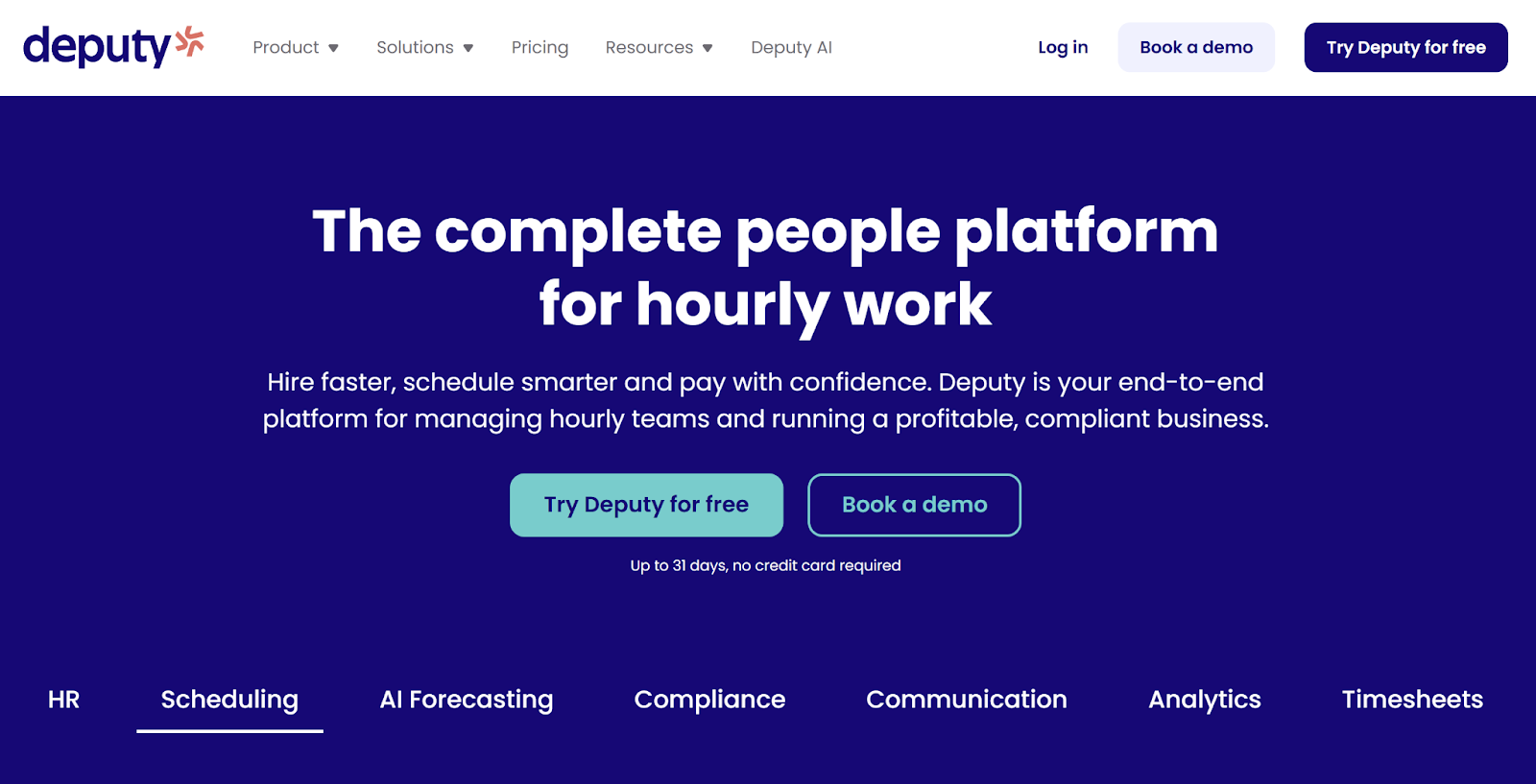
Key features:
- AI-driven labor efficiency: Use AI tools to forecast demand and optimize costs.
- Fair workweek tools: Create advance-notice schedules based on forecasts to remain compliant with fair workweek laws.
- Employee mobile app: Let employees swap shifts and request time off from their mobile devices.
Limitations:
- Deputy offers limited customization for complex compliance or enterprise-level needs.
- The solution’s reporting can lack depth compared to more advanced platforms.
3. When I Work
When I Work is a simple workforce management solution focused on scheduling, timekeeping, and team communication for hourly workforces. Unlike Kronos, it’s designed for medium and small businesses that need a straightforward software solution for everyday HR functions. The platform is used in retail, hospitality, and healthcare environments.
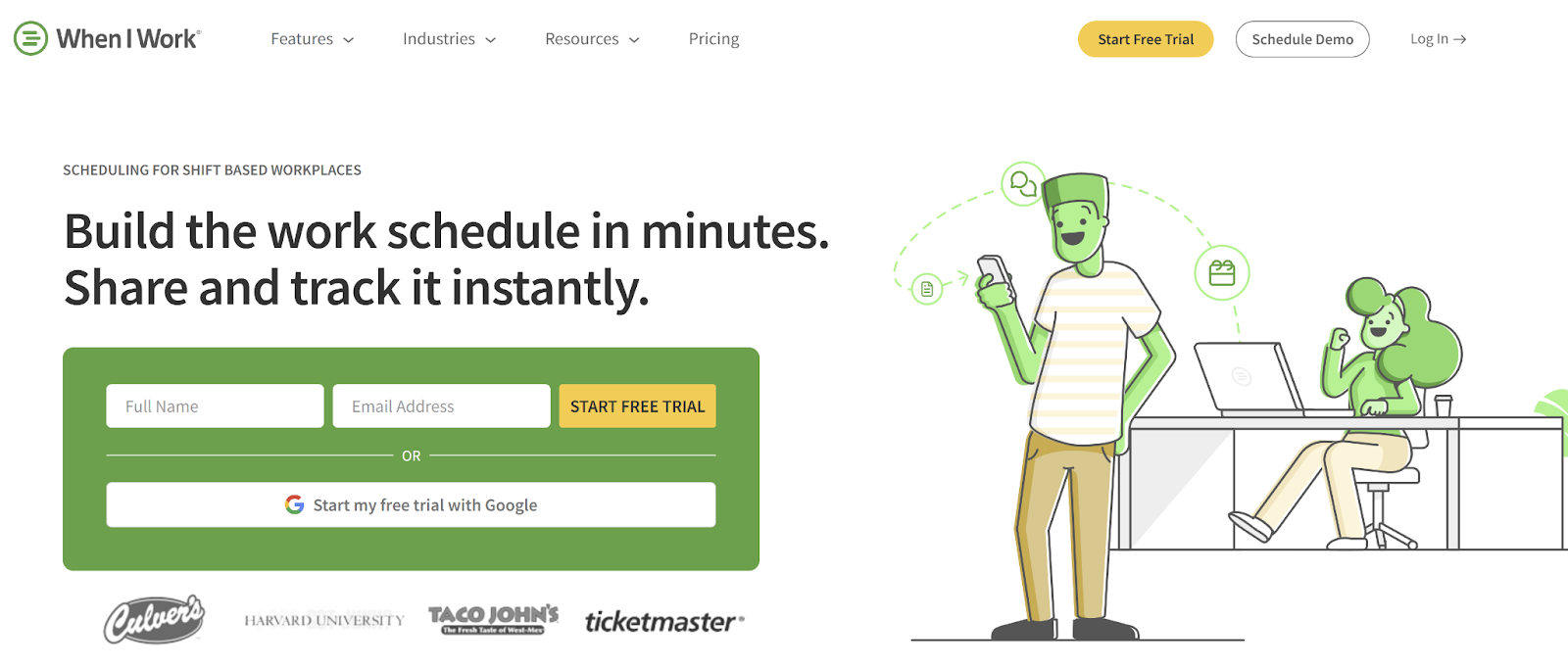
Key features:
- Auto-scheduling: Schedule eligible and available employees with a click.
- Built-in chat: Connect staff and managers without having to share personal phone numbers.
- Integrations: Streamline human capital management (HCM) by integrating with human resources and payroll systems, such as QuickBooks, ADP, and Paychex.
Limitations:
- When I Work can be too simple for agencies managing multiple clients or locations.
- The platform lacks advanced labor forecasting and compliance automation.
4. Connecteam
Connecteam is a mobile-first workforce solution for managing and engaging deskless workers. It’s designed to make it easy for on-the-go staff to stay connected and manage their work, and it’s praised for its intuitive interface. For comparison, Kronos’s mobile app, UKG Ready, is said to be overly complex and difficult to navigate, according to UKG Ready reviews on G2.
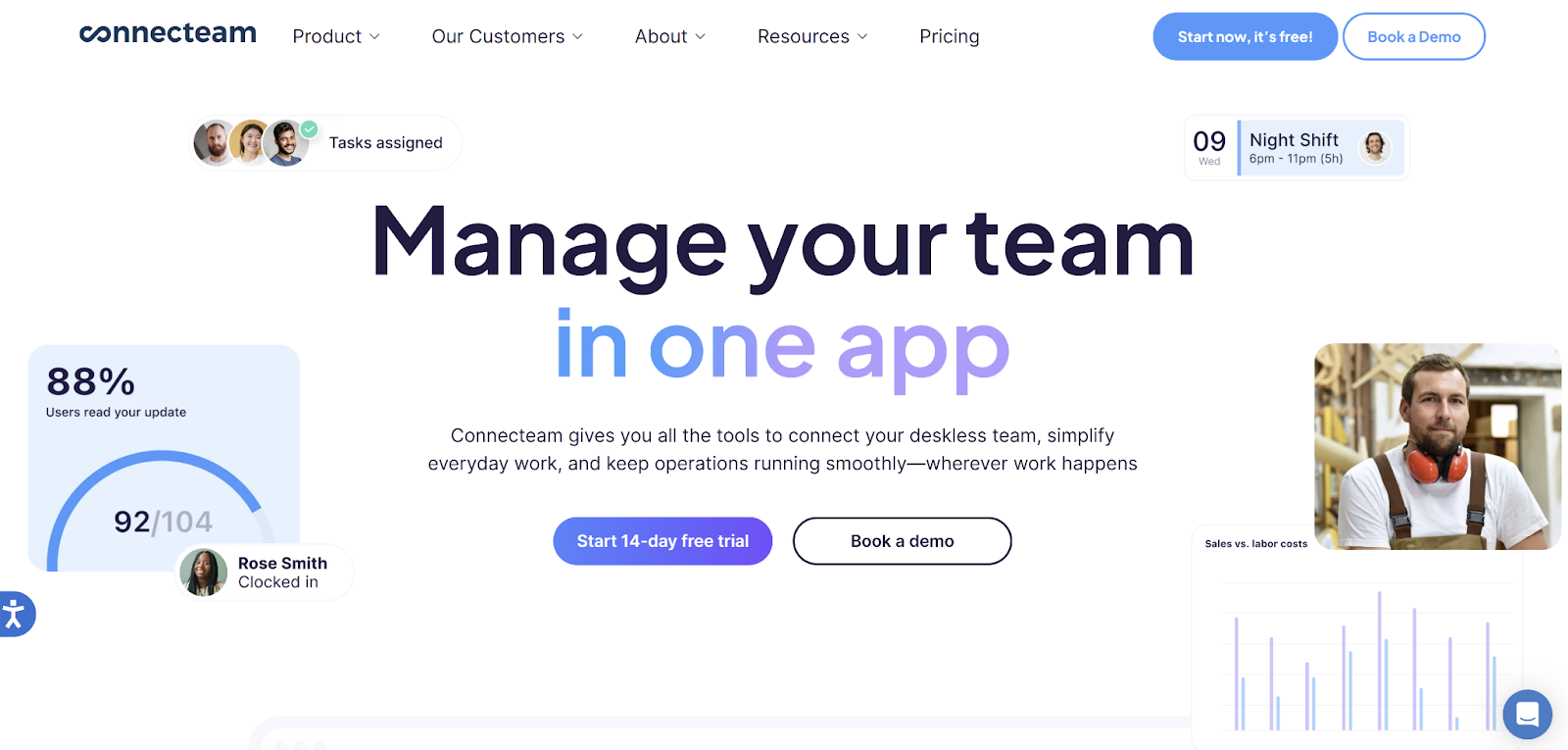
Key features:
- File-to-form automation: Manage documents by turning any paper file or form into a digital asset.
- AI-powered scheduling: Build schedules based on availability, roles, and fairness using AI.
- Schedule feedback: Let staff reject or approve assigned shifts to limit back-and-forth messaging.
Limitations:
- Connecteam offers limited customization options in its templates and features, so it might not fit every business need, according to user reviews on G2.
- Users also mention an initial learning curve, especially when navigating the desktop version.
5. Ceridian Dayforce
Ceridian Dayforce, also known as Dayforce, is a global HCM platform offering everything from payroll software to talent management. Similar to Kronos, it’s suited for large enterprises seeking a broad range of tools, but it aims to simplify HR processes with more updated technology.
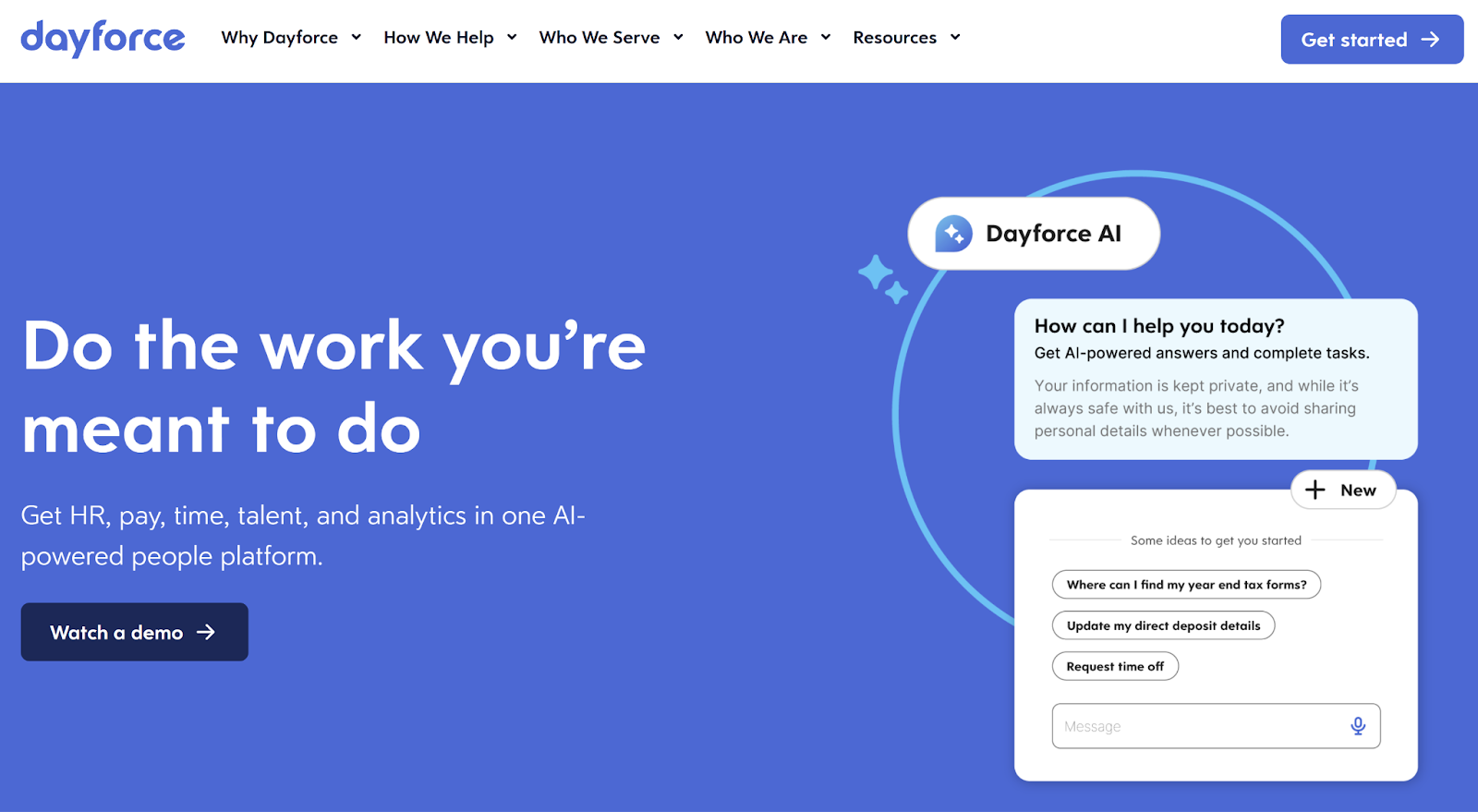
Key features:
- AI agents: Automate tasks and run scenarios with AI assistants to help save time.
- Real-time data: Run reports that update instantly to inform decision-making.
- Labor-demand notifications: Receive warning messages if there’s a risk of over- or understaffing.
Limitations:
- It requires internal IT personnel or consultants to configure and maintain.
- Customer support can be inconsistent, according to Capterra reviews.
Why teams are switching from Kronos
Organizations are increasingly shifting away from Kronos because it often feels overly complex. Many teams report issues with low mobile adoption, rigid workflows, and a reliance on IT for even basic changes.
Other common paint points include:
- Long implementation timelines and expensive integrations
- Poor mobile app experience
- Low employee engagement because of confusing navigation
- Inflexible workflows that don’t scale with real-world complexity
- Limited visibility into real-time shift coverage and labor gaps
Modern workforce management systems, by contrast, generally have intuitive interfaces that cause less friction, making them a better fit for today’s workers.
What to look for when choosing a Kronos alternative
Finding the right Kronos alternative means aligning your workforce management software with how your teams actually operate. Staffing agencies in particular need speed, flexibility, and customization to stay ahead in a competitive labor market.
When looking at other HR software options, consider these essential features.
Quicker deployment and lower technical overhead
Legacy tools like Kronos can take months to implement and often require IT teams to get started. Modern solutions, like the ones above, prioritize fast, self-service onboarding to help you go live in days, not months.
Modular, no-code customization and adaptability
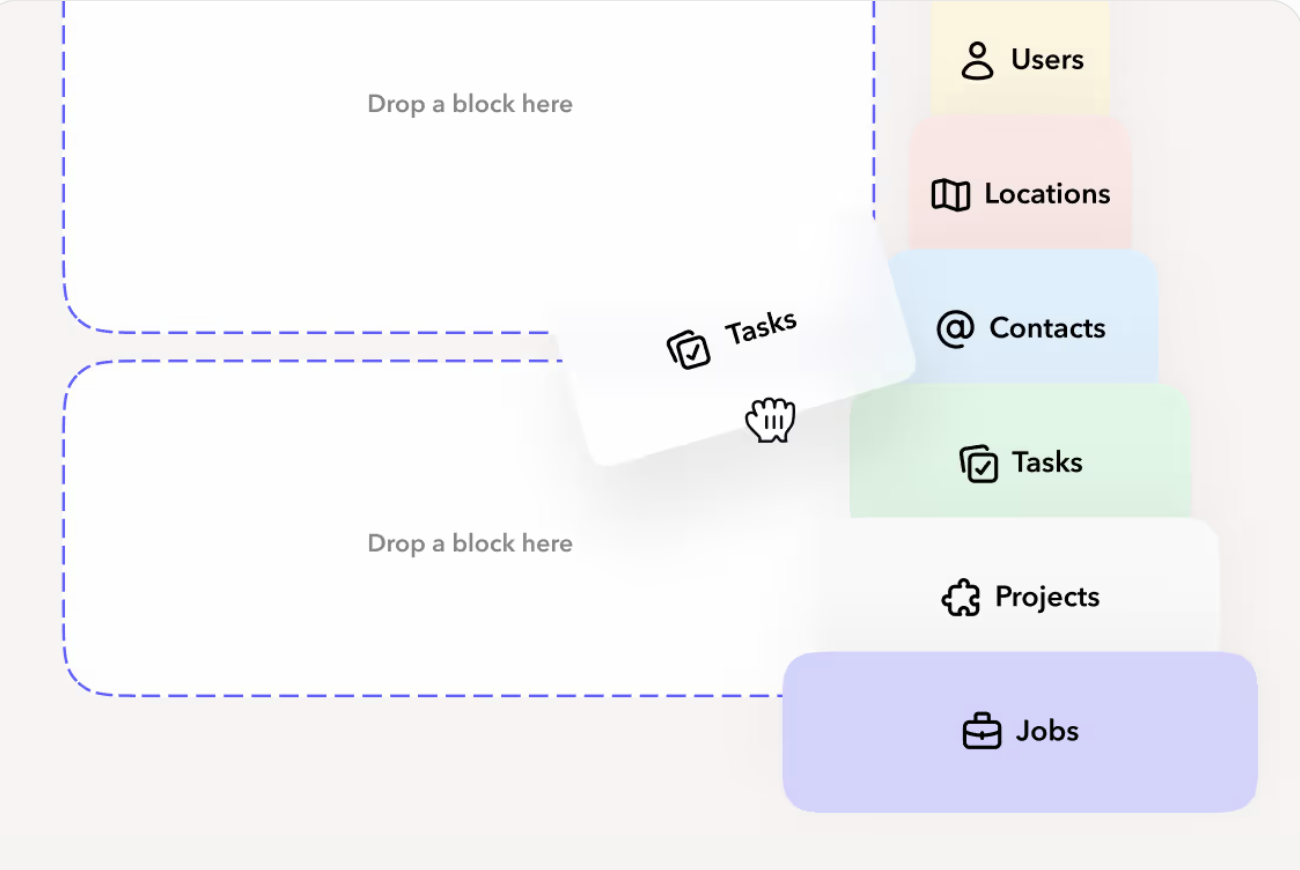
Because every agency has unique workflows, from assigning shifts to tracking credentials, you need no-code tools that let you automate processes without engineering help. This adaptability is critical for managing dynamic schedules, changing compliance needs, and overseeing multiple client accounts.
Real-time coordination and fast shift fulfillment
Sometimes, operations teams can’t wait hours to fill roles. For example, if you receive a last-minute callout, you need to find replacement coverage ASAP.
Tools like Teambridge offer real-time shift broadcasting, enabling schedulers to instantly notify eligible workers and confirm assignments in seconds. This is a game-changer in industries like healthcare, light industrial, and hospitality that often deal with last-minute needs.
Smart compliance and labor cost controls
Labor costs are important, but staying compliant with local break laws and federal overtime rules is non-negotiable. The modern HR solution you choose should offer built-in compliance checks, pay rule automation, and real-time alerts when something isn’t lining up. Teambridge, for example, flags compliance risks before they become costly errors.
Selecting a Kronos competitor for your team
As workforce dynamics evolve, operations leaders are rethinking their approach to labor management—tools and all. While Kronos and other legacy systems served their purpose in the past, today’s teams demand:
- Speed and flexibility over rigid rollouts
- User-friendly tools that frontline teams will actually use
- Real-time coordination to match the pace of modern shift work
- Adaptable workflows that support changing business models
If you feel like your current workforce management system is slowing you down, it’s time to explore Kronos alternatives.
Teambridge offers a fresh approach to contingent workforce management. With real-time shift fulfillment, rapid deployment, and smart compliance tools, it’s helping agencies like yours replace complexity with clarity.
Ready to see what modern workforce management looks like? Book a free demo of Teambridge to discover how top staffing agencies are transforming their shift operations.
Frequently asked questions (FAQs) about Kronos alternatives
Why consider a Kronos alternative?
Many organizations are moving away from Kronos due to long implementation timelines, a weak mobile user experience, and low staff adoption. Modern workforce management solutions offer faster time to value, better usability, and greater agility for evolving business needs. Staffing and shift-based teams in particular need real-time coordination, more efficient scheduling, and flexible compliance tools, which legacy platforms like Kronos struggle to deliver.
What’s the best Kronos alternative?
The best Kronos alternative is the one that aligns with your operational needs, especially if you manage hourly or shift-based workforces. Look for a platform that offers quick deployment, a clean mobile experience for staff, real-time shift coordination, and built-in compliance automation. Beyond those essentials, prioritize a tool with no-code customization and flexible modules, like Teambridge, that can scale and adapt as your business grows.




.png)

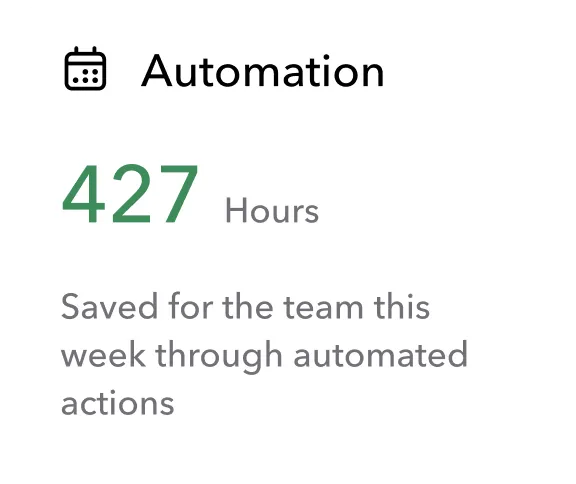
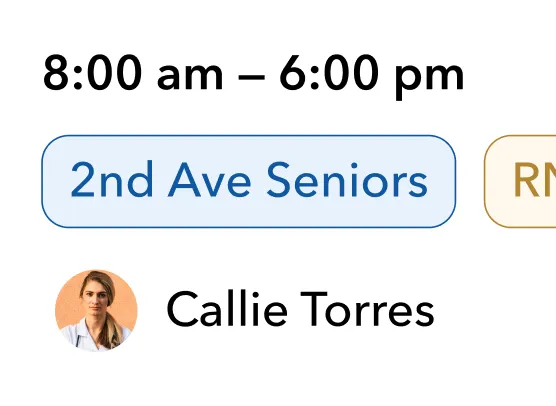

.png)
.png)
.png)